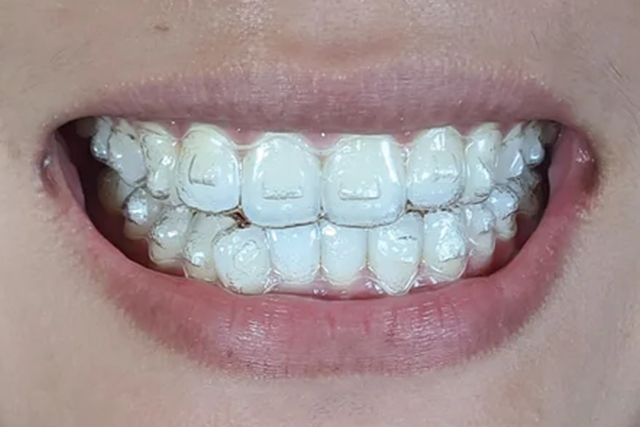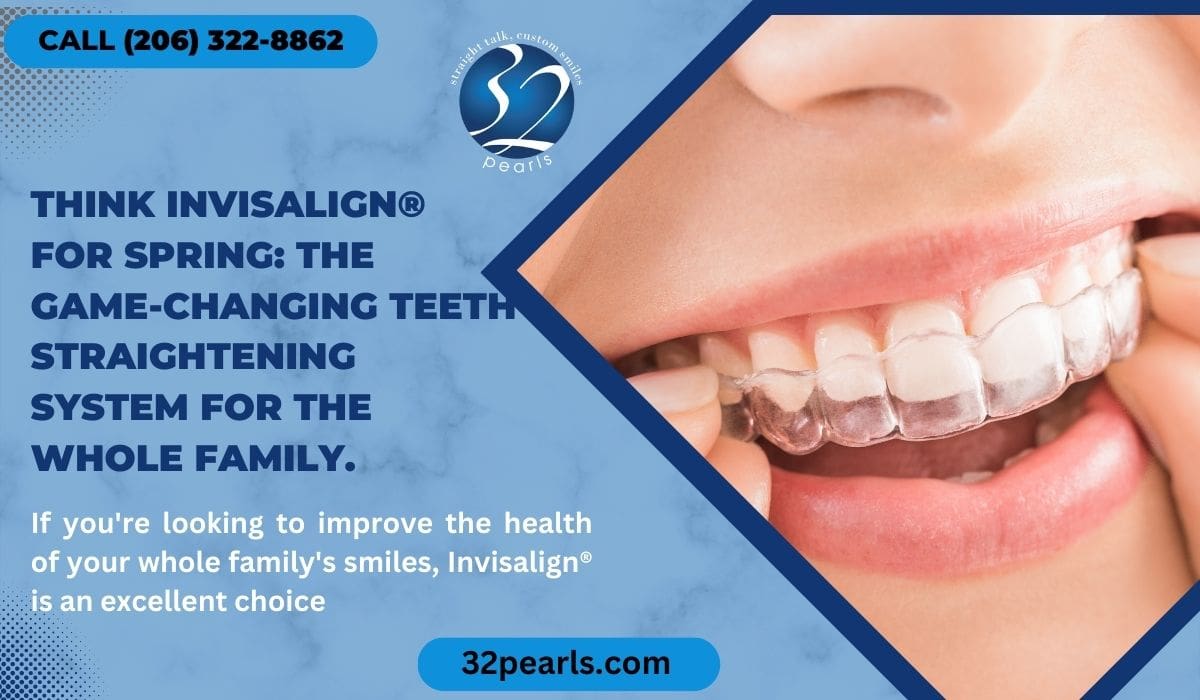Invisalign vs. Typical Braces: Which Option Is Right for You?
When considering orthodontic treatment, the option in between Invisalign and typical dental braces presents several crucial variables that merit careful examination. Invisalign supplies a very discreet choice with removable aligners, while conventional braces supply a much more noticeable yet reliable remedy for severe misalignment. Each option encompasses unique benefits and drawbacks connected to looks, convenience, therapy period, and expense. Recognizing these subtleties is crucial for making an informed decision that straightens with your individual choices and way of living. The inquiry continues to be: which alternative will ideal fulfill your orthodontic demands and assumptions?
Review of Therapy Choices

In contrast, standard dental braces contain metal braces and wires that are bound to the teeth. This approach applies constant stress over time to accomplish placement. While effective for complicated orthodontic concerns, traditional braces need routine visits for adjustments and can position difficulties in keeping dental hygiene because of the trouble of cleaning around cables and braces.
Both alternatives have their merits, and the option often rests on particular dental problems, lifestyle preferences, and person compliance. Ultimately, consulting an orthodontic expert is critical for identifying one of the most suitable treatment plan customized to individual needs. Understanding the nuances of each option can substantially affect the general success of orthodontic treatment.
Aesthetic Considerations
A considerable aspect influencing the option between Invisalign and standard dental braces is the visual allure each treatment offers. Invisalign aligners are crafted from clear plastic, making them virtually undetectable when put on. This very discreet look is especially attracting grownups and teens that might feel awkward about their orthodontic treatment. The capacity to preserve a natural smile throughout the alignment procedure can dramatically improve the patient's confidence in social and specialist settings.
In comparison, standard braces include metal brackets and cables, which can be much more noticeable. While innovations in orthodontic innovation have actually caused the development of smaller sized brackets and tinted elastics, traditional dental braces still maintain a more noticeable profile. For some individuals, the presence of dental braces may deter them from looking for necessary therapy.
Eventually, the selection between Invisalign and traditional dental braces might rest on individual preferences regarding appearances. People that focus on discretion often lean towards Invisalign, while those that are less concerned regarding visibility might go with standard dental braces. Understanding the visual effects of each option is critical for making an informed decision that straightens with one's lifestyle and choices.
Convenience and Convenience

In regards to ease, Invisalign aligners are detachable, allowing clients to enjoy their favored foods without constraint and preserve ideal oral hygiene. Cleaning and flossing are simplified, as the aligners can be taken out throughout these regimens, whereas conventional dental braces need careful maneuvering around braces and cables.
Furthermore, Invisalign's progressive system permits fewer orthodontic check outs. Patients usually get multiple collections of aligners simultaneously, which can enhance the therapy procedure and decrease time spent in the orthodontist's chair. In contrast, standard braces require routine modifications, making them less hassle-free for those with busy timetables. Invisalign. In general, the convenience and ease of Invisalign make it an enticing choice for several individuals looking for orthodontic treatment.
Treatment Duration and Efficiency
While both Invisalign and traditional braces work in correcting oral imbalances, the period of therapy can vary dramatically between both choices. Usually, Invisalign therapy can take anywhere from 12 to 18 months, relying on the intricacy of the case. The clear aligners work by progressively changing teeth into their desired settings, and routine follow-ups with an orthodontist aid make sure progress remains on track.
On the other hand, standard dental braces often require a longer commitment, typically varying from 18 months to 3 years. This is because of their set nature and the usage of cords and braces, which can be more effective for complex cases and severe imbalances (Invisalign). The therapy efficiency of standard dental braces is well-documented, as they permit accurate modifications and greater control over tooth activity
Inevitably, the selection in between Invisalign and standard dental braces may hinge on both the anticipated therapy duration and the certain dental issues at hand. Consulting with an orthodontist is crucial, as they can provide customized referrals based on specific like this demands, making sure the picked technique aligns with desired end results and durations.
Expense Comparison and Insurance Alternatives
Expense plays a considerable role in the decision-making procedure for people thinking about orthodontic therapy, whether going with Invisalign or traditional braces. Usually, the expense of Invisalign varieties from $3,000 to $8,000, while typical dental braces normally cost in between $2,000 and $6,000. Aspects influencing these prices include the intricacy of the situation, the period of treatment, and geographical area.
Numerous oral insurance policy plans provide partial insurance coverage for orthodontic therapies, but the specifics can vary extensively. Usually, conventional braces might be more helpful hints a lot more frequently covered by insurance coverage strategies contrasted to Invisalign, which some insurance firms categorize as a cosmetic procedure.
Furthermore, several orthodontic techniques supply versatile layaway plan, making both therapy options more accessible. Clients need to ask about prospective funding choices and discount rates for in advance settlements. Evaluating the total cost, including insurance coverage benefits and payment plans, is vital for making an educated choice that straightens with both aesthetic preferences and budget considerations.

Verdict
In recap, the selection in between Invisalign and standard dental braces rests on several aspects, consisting of aesthetic preferences, comfort, therapy period, and expense. Invisalign provides a discreet, removable option that facilitates oral health and nutritional versatility, while conventional braces might be preferable for complicated dental issues and often come with a reduced price factor. Inevitably, examination with an orthodontist is vital to examine private circumstances and establish one of the most suitable therapy choice for achieving ideal dental placement.
When taking into consideration orthodontic treatment, the selection between Invisalign and conventional dental braces provides several crucial elements that warrant cautious evaluation.Contrasting Invisalign and traditional dental braces reveals unique treatment alternatives for orthodontic adjustment.While both Invisalign and typical braces are reliable in remedying oral misalignments, the period of therapy can differ substantially between the 2 alternatives.Expense plays a substantial role in the decision-making web procedure for people thinking about orthodontic therapy, whether opting for Invisalign or standard braces.In summary, the selection in between Invisalign and conventional dental braces hinges on multiple variables, consisting of visual preferences, convenience, therapy period, and price.